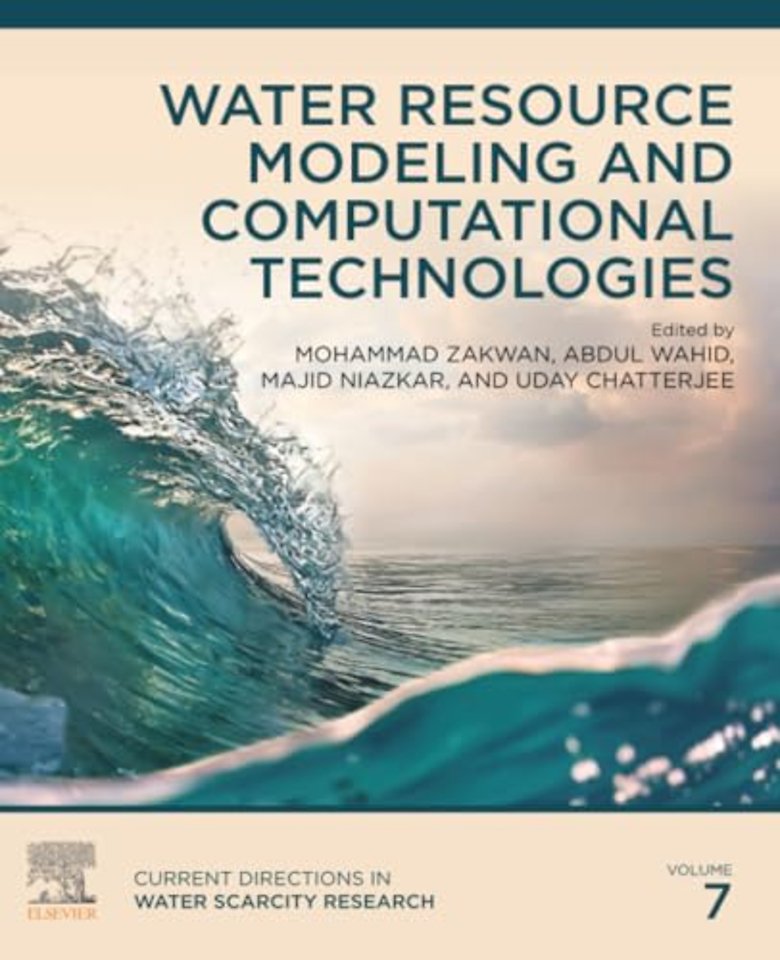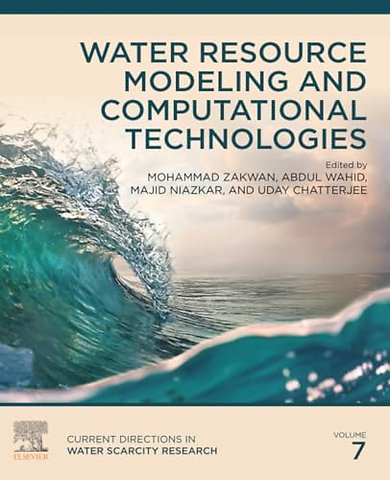<p>Section I - Introduction<br>1. Artificial intelligence and machine learning in water resources engineering</p> <p>Section II - Application of Artificial Intelligence to Water Resources<br>2. Demystifying Artificial Intelligence amidst Sustainable Agricultural Water Management<br>3. Bidirectional Long Short-Term Memory Based Empirical Wavelet Transform: a New Hybrid Artificial Intelligence Model for Robust Prediction of Soil Moisture Content<br>4. Fuzzy logic modeling of groundwater potential in Marinduque, Philippines<br>5. Soft-computing approach to scour depth prediction under wall jets</p> <p>Section III – Image Processing Applications in Water Resources<br>6. Assessment of Water Resources using Remote Sensing and GIS Techniques<br>7. Establishing Spatial Relationships Between Land Use and Water Quality Influenced by Urbanization<br>8. Satellite sensors, machine learning and river channel unit types: A review<br>9. Geospatial modeling in the assessment of environmental resources for sustainable water resource management in a semi-arid region: A GIS approach<br>10. Study of morphologic changes of Arvand River in the past and predicting its future changes<br>11. Rainfall runoff modelling using GIS: a case study of Gonbad Kavous, Iran<br>12. GIS-Based Hydrological Models for a Sustainable Groundwater Management: An Overview<br>13. Development of Rainfall-Runoff Model Using ANFIS with an Integration of GIS: A Case Study<br>14. Assessing the impact of land use and land cover changes on the water balances in an urbanized peninsular region of India</p> <p>Section IV - Advances in Hydroinformatics mitigation<br>15. Random Vector Functional Link Network based On Variational Mode Decomposition for Accurate Prediction of River Water Turbidity<br>16. Water Quality Management: Development of a Fuzzy based index in Hydroinformatics platform<br>17. Appraisal Of Multi-Gene Genetic Programming For Estimating Optimal Properties Of Lined Open Channels With Circular Shapes Incorporating Constant And Variable Roughness Scenarios<br>18. Geoinformatics based assessment of gross irrigation requirement of different crops grown in the south-western region of Haryana, India</p> <p>Section V - Advances in Watershed Modelling<br>19. Theorical background and application of numerical models to surface water resources<br>20. Prophecy of groundwater fluctuation through SVM-FFA hybrid approaches in arid watershed, India<br>21. Basin-scale Subsurface Hydrology: Modelling of a stressed and data-scarce aquifer using hillslope-based approach</p> <p>Section VI - Advances in Numerical Modelling in Water Resources<br>22. Multiphysics modelling of groundwater flow on the example of a coupled thermo-hydro-mechanical model of infiltration of water warmer or cooler than the surroundings.<br>23. Hydro-Salinity Modeling of Water and Salt Dynamics in Irrigated Soil Groundwater Systems</p> <p>Section VII - Optimization Techniques and Analytical Formulations in Water Resource<br>24. Multi-objective optimization techniques for urban water management: An Agent Modeling Approach<br>25. Hybrid Extreme Learning Machine Optimized Bat Algorithm based on Ensemble Empirical Mode Decomposition for Modelling Dissolved Oxygen in River<br>26. Application of machine learning models to side-weir discharge coefficient estimations in trapezoidal and rectangular open channels</p> <p>Section VIII - Advances in Sediment Transport Modelling and River Engineering<br>27. The hole size analysis of bursting events around mid-channel bar using the conditional method approach<br>28. Magnitude Frequency Analysis of Sediment Transport: Concept, Review and Application<br>29. Last Century Evolution of Local Scour Measuring Techniques</p> <p>Section IX - Computational Intelligence in Extreme Hydrology: Flood and Droughts<br>30. Understanding trends and its variability of rainfall and temperature over Patna (Bihar)<br>31. A review of climate change trends and scenarios (2011-2021)<br>32. Climate change and trend analysis of precipitation and temperature: a case study of Gilan, Iran<br>33. Innovative Triangular Trend analysis of monthly precipitation at Shiraz station, Iran<br>34. Understanding Rainfall Variability and Trends in Arid Region of Rajasthan, India<br>35. Flash Floods and their Impact on Natural Life Using Surface Water Model and GIS Technique at Wadi Degla Natural Reserve Area, Egypt<br>36. GLOF Early Warning System – Computational Challenges and Solutions<br>37. Flood Forecasting using novel ANFIS-WOA approach in Mahanadi river basin, India</p>

